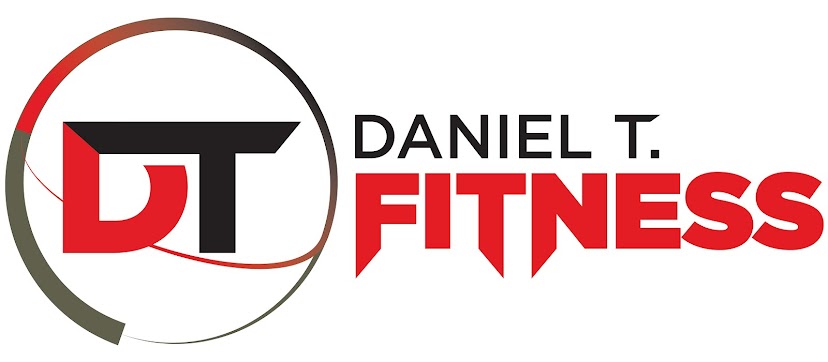
My earlier post discussed the broad spectrum of the evolution of the fitness industry. Specifically, the increased social awareness of health and fitness, and the state of the deconditioned population currently in the U.S. Facing increases in the prevalence of chronic diseases, and the epidemic proportions of obesity currently, personal training programs must emphasis proper human movement, motor recruitment, postural control, and promoting the body to maintain proper stability and functionality. I see this every day with clients within there fitness assessments. So many are stricken with joint dysfunctions, and movement impairments, that my programming must take a progressive approach, by allocating phase training, in which the client advances through. There must also be an awareness and education about chronic diseases, on the part of the trainer. I have worked with clients with issues such as M.S.(multiple sclerosis), Crohn's Disease, Lupus, Diabetes, and Rheumatoid Arthritis. There are many health concerns when training these particular clients, so one must be aware of their limitations, and what exercise selection would be of the most appropriate and necessary to combat their contraindications.

It is from these notions that I apply an integrated training model that comprises facets to improve posture, neuromuscular efficiency, cardio-respiratory endurance, metabolic rate, strength, agility, and speed. The Optimum Performance Training Program is specifically designed to improve ones overall human performance. In this post I want to introduce readers to the first Phase of the OPT model. This is the stabilization endurance phase. The primary focus within this phase is to improve the clients
Muscular Endurance which is, "
a muscles ability to contract for an extended period." and to enhance
neuromuscular efficiency which is, "
the ability of the neuromuscular system to enable all muscles to efficiently work together in all planes of motion." The way to enhance this ability is by placing increased demands on the bodies balance, and stability, through working in controlled unstable environments. Therefore the client is challenged by exercises using stability balls, and single leg positioning, which would require increased activation of the nervous system and the stabilizing muscles of the joints and core. A minimum of 4 weeks in this phase of training , will enhance your posture, balance, optimum muscle recruitment, and joint stability. Without this initial phase of training, its is impossible for clients to advance to higher levels of training safely, and with proper preparedness.
You may think to yourself, well I have been working out for a while on my own now I can handle for intensive exercise. This may true, however that does not mean that you have prepared your body properly to continue with the high stress demands of intensified training, and you run the risk of increased injury and improper postural control of all your stabilizing joints. Further, advancing to strength level and power level phases of training without stabilization endurance, research has shown that it can negatively affect optimum force output by your muscles, increase stress to the joints, and overload soft tissue.
Another great aspect of the stabilization endurance phase is that it helps alter body fat composition, because a majority of the training is performed in a circuit style fashion, which involves performing multiple exercises one right after the other with minimal rest in between them. This can also increase ones cardio-respiratory endurance.
Here is a brief list of its goals and strategies:
Goals:
- Improve muscular endurance
- Enhance joint stability
- Increase flexibility
- Enhance control of posture
- Improve neuromuscular efficiency( balance, stabilization, muscular coordination)
Strategies:
- Training in unstable, yet controllable environments
- Low loads, high repetitions
All integrated exercises will begin in the stabilization phase. Core stabilization 1, Balance stabilization 1, Reactive( Plyometric) stabilization 1, speed and agility stabilization 1, and resistance stabilization 1.
Reference: Clark A., C. Lucett, S. Sutton, B. (2012).
NASM Essentials of Personal Fitness Training. Philadelphia, PA. Lippincott Willliams &Wilkins, a Wolters Kluwer business.










